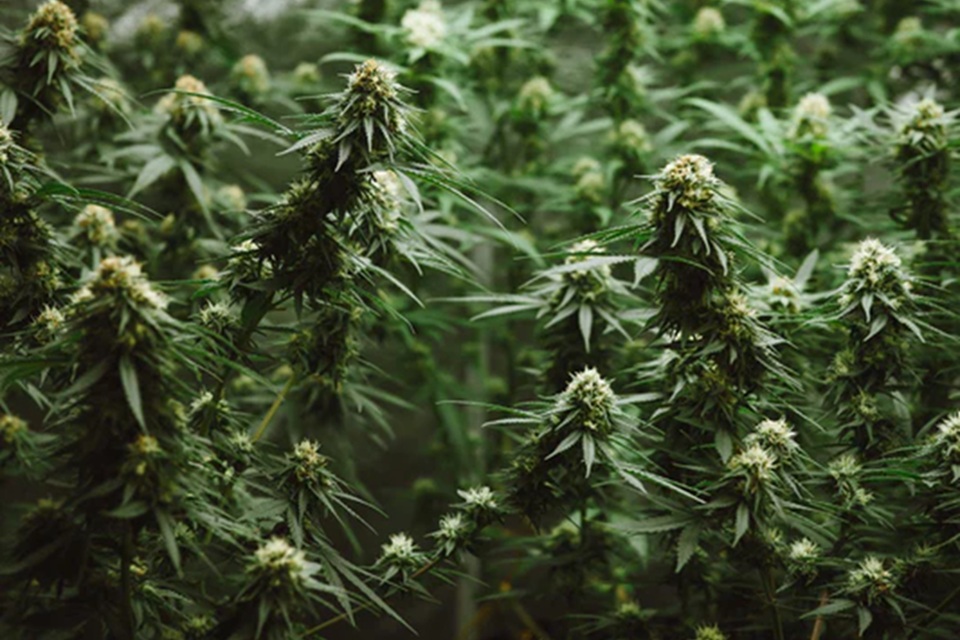Have you ever felt that, while your yoga practice is good for your health, it is occasionally surface-level? Is there an additional level still waiting to be explored? If you’re feeling this way, know you’re not alone.
Many of us, whether we are still working on the basics of our practice or are more experienced practitioners, are looking for ways to go beyond the physical asanas and get to the essence of all the potential mental and spiritual benefits. This is where meditation and pranayama come in as the basic ingredients to a truly holistic and transformative practice.
We think that yoga is more than just a physical practice; it is a way of life, a process of self-reflection, and a road to inner peace, and meditation and pranayama are essential components for continuing on a greater journey.
Beyond The Asanas: Why Meditation Matters
In a lot of ways, we begin our yoga journey with asanas—the incredible postures that build strength, flexibility, and balance. And they are incredibly impactful. Think of asanas as preparing the body to sit and go inside. And this “going inside” is where meditation excels.
So, what does meditation do for your yoga practice?
- Developing Mindfulness both on and off the mat: Meditation is a form of focused awareness. When you practice regularly, you train the mind to be present. This increased awareness is not just used while sitting on a cushion, either—it will carry over into your asana practice. You will become aware of your breath, the sensations in your body, and how good alignment feels. This linked mindfulness will change your physical practice from a series of movements to a moving meditation.
- Quieting the mind’s chatter: Let’s face it—our minds can be busy highways with endless thoughts, memories, plans, and to-do lists. All of this mental chatter can be a major obstacle to experiencing yoga’s higher elements. Meditation gives you a space to let go of thoughts and observe them without getting caught up in them. When you quiet down the mind, you can generate space for clarity, intuition, and deep calm to arise.
- Focus and Concentration: Think about yourself holding a difficult Sanskrit pose with laser-sharp attention or easily moving from one posture position to another with complete mental clarity. Through systematic practice, meditation improves your ability to focus. Better focus doesn’t just help with your physical performance, but it also allows you to experience the more subtle energies, sensations, and moments of your body as you practice.
- Emotional Regulation and Inner Calm: Yoga isn’t just about physical flexibility; it’s about emotional flexibility. Meditation gives you a useful mechanism for observing your emotions objectively. This temporal space indicates that you will respond to unpleasant situations with greater calmness and less authorization. One of the most valuable benefits of meditation, both on and off the mat, is the ability to build an inner calm place.
Pranayama: Your Breath, Your Power
While meditation is the process of quieting the mind, pranayama is the art and science of controlling the breath. “Prana” refers to life force, and “yama” means control. Essentially, pranayama is the conscious regulation of the energy that is your life. When we practice yoga, it is said that the breath is the bridge between the body and the mind.
How does pranayama elevate your yoga experience?
- Deepening Your Asana Practice: Have you ever noticed how certain poses sometimes feel much easier when your breath is calm and deep? Pranayama methods, in part, teach you how to breathe efficiently and consciously. This optimized breath supplies your body with the oxygen and energy necessary to remain in a posture for a longer stretch, increase stamina, and safely explore deeper postures or stretches. When you practice pranayama, you change your breath from an unconscious movement to a powerful instrument for increasing your physical potential.
- Calming the Nervous System: Most pranayama methods involve controlling the breath so that the exhalation is slow and deep. These techniques stimulate the parasympathetic portion of the autonomic nervous system, our “rest and digest” system, which has a calming effect on stress and anxiety. Imagine if we approached our exercise with complete relaxation rather than impatient tension. Adopting a calmer frame of mind allows our flowing energy to be open and responsive in our asanas.
- Increasing Energy/Stimulating Vitality: Deflater pranayama can be highly inspiring and energizing! Works like Kapalabhati (Skull Shining Breath) and Bhastrika (Bellows Breath) may bring back your inner fire, erase brain fog, or prepare your body and mind for an active practice. Being able to consciously manage your energy is also quite useful.
- Setting the stage for meditational breathing: Pranayama in some ways is a platform for deeper meditative practice. When you adjust the breath, you also auto-regulate the mind. Controlled, steady breath equals a controlled, steady mind, and it’s much easier to get to that state using meditation. It’s more of gently guiding your mind to stillness, not forcing it to stillness.
- Purifying the Nadis: In yogic philosophy, prana flows through subtle channels called nadis. When nadis are imbalanced, the flow of energy will create physical or mental blockages. Pranayama practices will help to purify and balance your nadis, allowing for the easy and effective flow of your energy, or prana. This energetic balance is key for general good health and having a strong yoga practice.
Bringing It All Together: Weaving Meditation & Pranayama Into Your Yoga
You may be saying, “This sounds amazing; how do I actually do this?” The beauty is you don’t need hours each day. Even small, consistent practices can have great results.
- Start Small: Start with just 5-10 minutes of meditation or pranayama each day, or simply pick a short and sweet breath awareness meditation or Nadi Shodhana (Alternate Nostril Breathing) for a few rounds. Developing consistency with any of these methods is key!
- Before your asanas: Many practitioners find value in starting their yoga practice with a few minutes of pranayama and then a short meditation. It helps to calm the nervous system, center the mind, and prepare for their aversion to physical practice.
- After your asanas (savasana is important!): Your savasana (final relaxation pose) is the best time to recycle into deeper meditation. As the body sleeps, the mind rests and becomes more sensitive to stillness.
- Ask for help: If you are new to these practices, then it may help you to find some other qualified instructors to guide you through these techniques. At Maa Shakti Yog Bali, we believe guidance is important to ensure you are practicing correctly and safely. Our programs, including the 200 hour yoga teacher training will take you deeper into these ancient techniques, where you will have the time and space to learn with other like-minded practitioners. Hopefully, you will emerge anew!
Enhancing Your Practice Through Deeper Understanding
The truth is that when you properly commit to the path of yoga, it becomes much more than a set of physical postures; it represents a complete dedication to your physical, mental, and spiritual self. To completely experience an entire yoga practice, you must realize and enjoy all aspects of it, and here is where the powerful tools of meditation and pranayama come into play.
Imagine yourself totally surrounded by different methods that can help you connect deeply with your breath and quiet your thoughts. Being in this type of environment can help you with your own self-discovery process. Examples of highly pranayama exercises in a peaceful, natural setting, followed by deep meditation where the only sound is the gentle swaying of leaves, provide an ideal environment for powerful inner work. An instructor can assist students in achieving deeper degrees of awareness and self-awareness.
When you consciously practice meditation and pranayama, you are actually practicing yoga! You are turning your practice from a mere physical workout into an ongoing journey of self-awareness, inner peace, and limitless energy. Certainly, why not try out these really effective techniques and see how they affect your own yoga journey?














